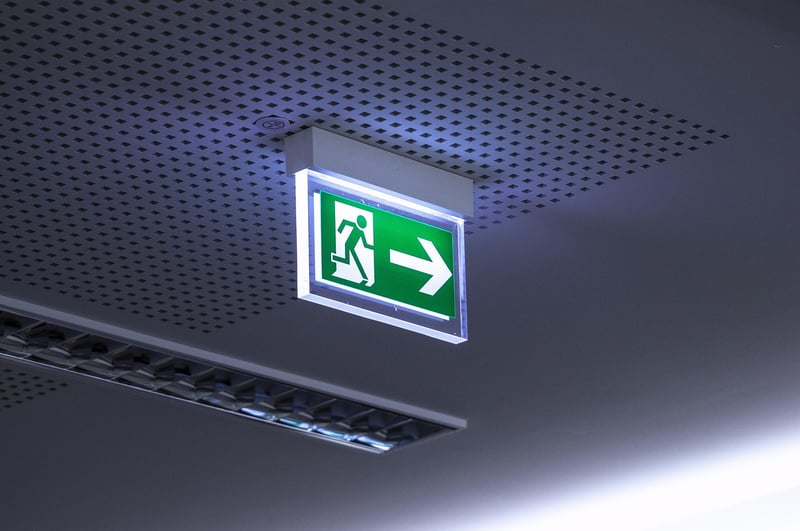Emergency Protocols
Guidelines for Personal Safety and Privacy + Emergency Protocols
Personal Safety and Privacy
Ensuring your personal safety and privacy is paramount in today's digital age. Follow these guidelines to protect yourself online and offline:
1. Strengthen Your Online Security
Use strong, unique passwords for each online account and enable two-factor authentication where possible.
2. Be Cautious on Social Media
Avoid sharing sensitive personal information such as your address, phone number, or financial details on social networking sites.
3. Secure Your Devices
Keep your devices updated with the latest security patches and install reputable antivirus software to prevent malware attacks.
4. Stay Vigilant in Public Spaces
Avoid using public Wi-Fi for sensitive transactions and be mindful of your surroundings to prevent physical harm.
Emergency Protocols
Being prepared for emergencies is crucial. Familiarize yourself with these protocols to stay safe in times of crisis:
1. Emergency Contacts
Keep a list of emergency contacts handy, including local authorities, family members, and trusted friends.
2. Establish Communication Plans
Agree on communication methods with your loved ones in case of emergencies, such as text messages or designated meeting points.
3. Know Emergency Exits
Identify emergency exits in public places and have an evacuation plan in mind to swiftly exit dangerous situations.
4. Stay Informed
Stay tuned to reliable news sources during emergencies for updates and follow instructions from authorities to ensure your safety.



Remember, prioritizing your personal safety and privacy, along with understanding emergency protocols, can make a significant difference in protecting yourself and your loved ones.
Stay safe and be prepared!
